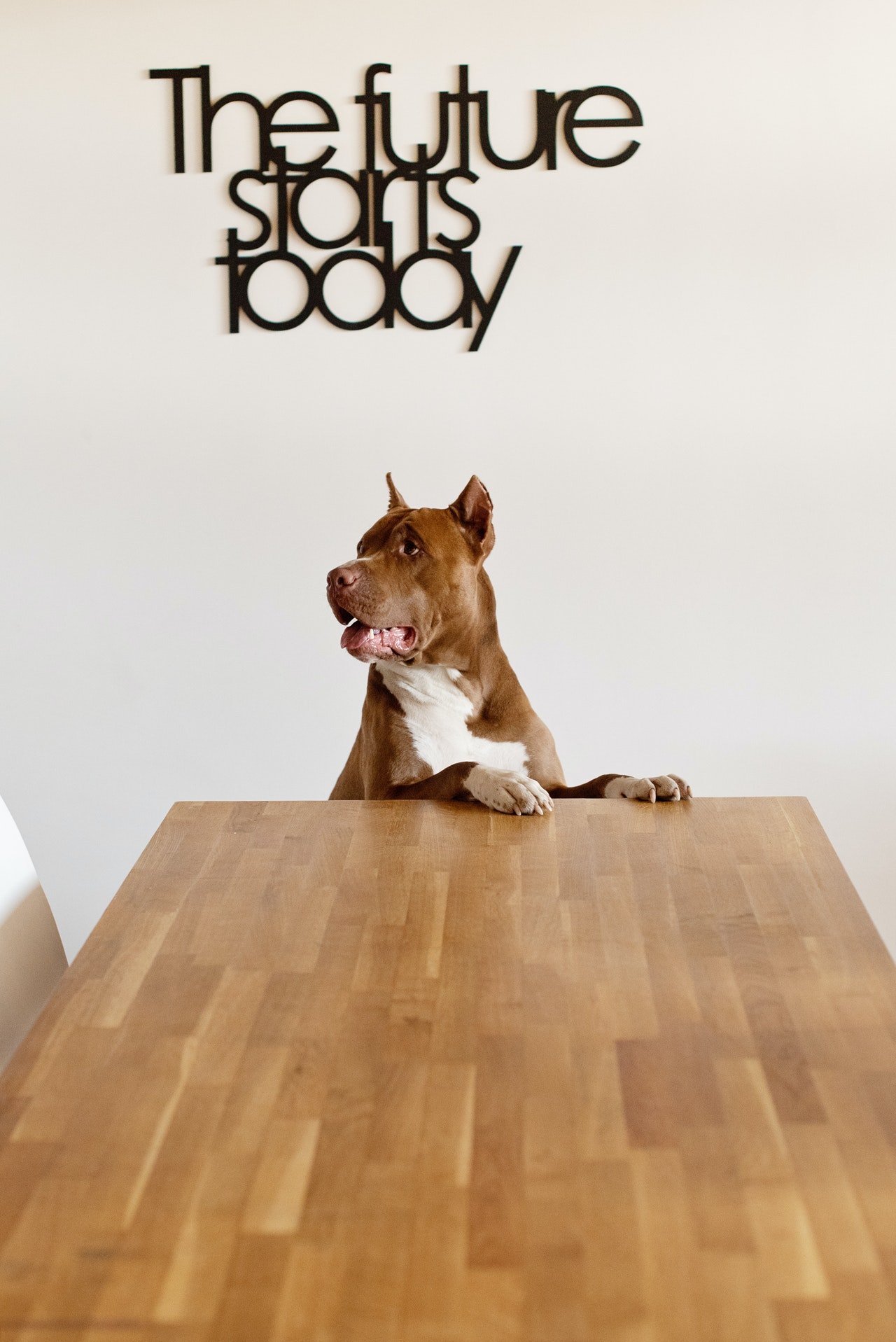It’s no secret that dogs are sociable creatures that thrive when they’re among other people and have something to do. To avoid being too philosophical, everyone requires a reason to exist.
Dogs are also like toddlers. If you don’t offer them anything useful to focus on, they’ll find methods to amuse themselves, such as removing all of the stuffing from each cushion on your new couch or wearing four or five pairs of shoes. We haven’t got any prior experience with such items.
You’re lucky if you work from home or have the option of bringing your dog to work with you. However, if your present lifestyle necessitates leaving Fido behind for extended periods of time, you’ll need a few tricks up your sleeve to keep him happy and occupied.
1. Install a monitor
There are several webcam solutions for keeping an eye on your dog while you’re gone. Specific equipment designed for this purpose are available, as well as setting Skype on a home computer to view (and chat to) your dog. This will allow you to monitor your dog’s progress and, if a problem arises, you may seek the assistance of an emergency contact.
2. Understand their sign language
There’s boredom, and then there’s concern over being separated. If you’ve followed the steps above, including making sure your dog gets an additional hour of activity every day, and he’s still unhappy, you may need expert help to work with you because the situation can be complex.
When left alone, dogs with separation anxiety will growl or whine for lengthy periods of time. Another indicator of separation anxiety is frequent destruction. If you feel your dog is worried, you can seek advice from your veterinarian.
Most dogs, on the other hand, just require more activity and socializing to be content. A handful of daily laps around the block and the odd playdate are insufficient. Is that something you’d be interested in?
3. Get them more toys
Interactive puzzle games, peanut butter-stuffed Kongs, or other appropriate chew toys will keep your dog occupied rather than looking for other sources of amusement. Experiment with different toys to find which ones your dog prefers.
4. Dog door
If you have a gated yard, a dog door will let your dog to go outdoors when nature calls, as well as chase squirrels when the weather is nice. Just make sure the fence is secure and that your dog isn’t prone to digging under or climbing over it.
5. Safety
Obviously, the main priority is safety. If your dog is injured, he will be upset. So make sure your dog can’t chew on cables, consume toxic chemicals (like bleach or antifreeze), or get into anything else that might damage him. Depending on your dog’s age and preferences, you may want to cage him or her or limit him or her to a mudroom or laundry room while you’re gone.





